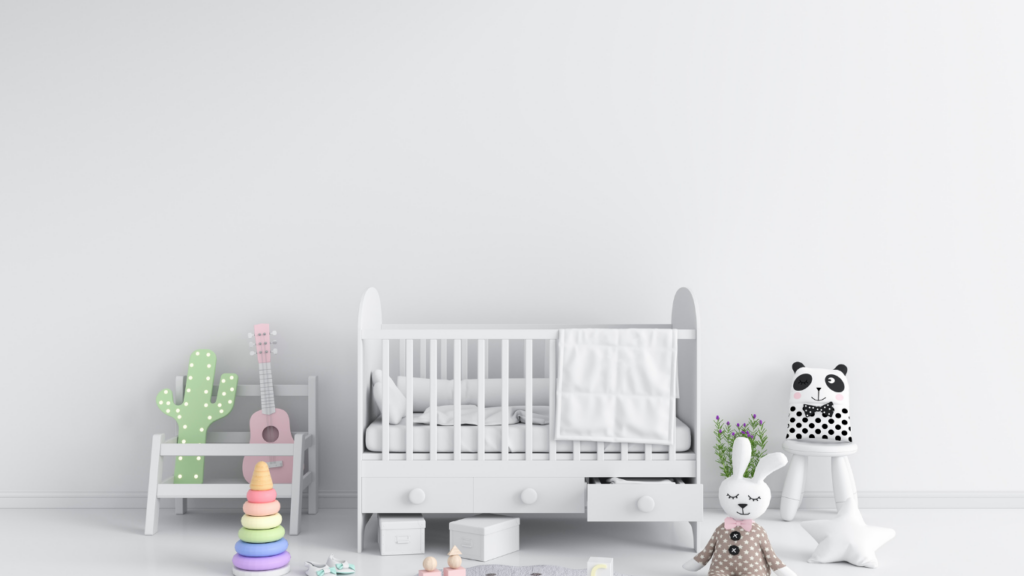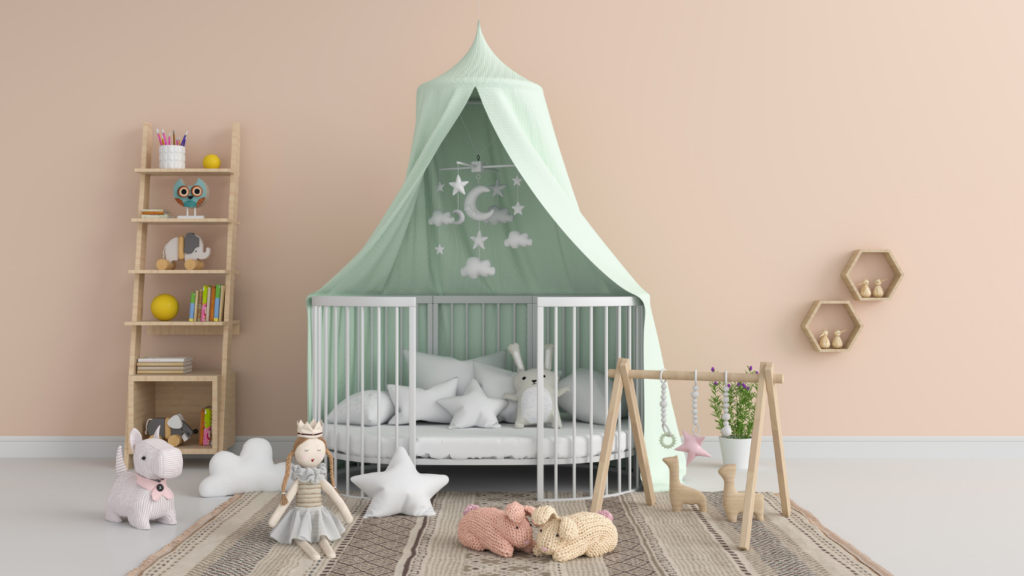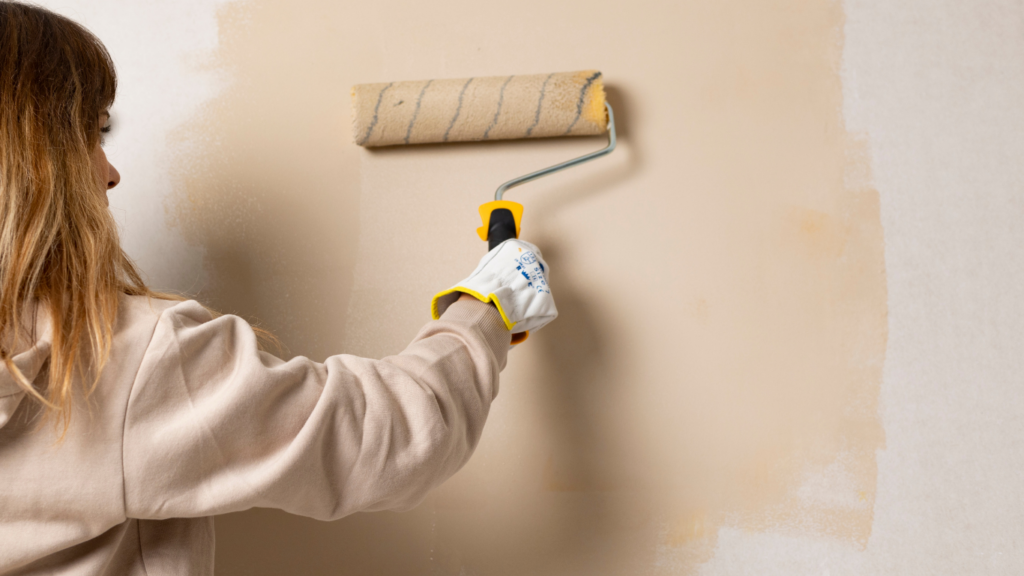Setting up a nursing station can make a world of difference in providing quality care. It’s not just about having a desk and a chair; it’s about creating an environment that prioritizes convenience, comfort, and privacy for both patients and caregivers.
I’ve learned that a well-organized space can streamline workflows and enhance the overall experience for everyone involved. When I think about designing a nursing station, I focus on elements that promote efficiency and tranquility.
From the right layout to thoughtful storage solutions, every detail matters. Plus, ensuring privacy can significantly improve patient trust and satisfaction. Let’s explore some essential tips that can help you create a nursing station that truly meets the needs of both staff and patients.
Overview of Nursing Stations
Nursing stations serve as the central hub for healthcare staff, allowing efficient communication and coordination of patient care. A well-designed nursing station facilitates workflow, enhances collaboration among team members, and ensures timely patient monitoring.
Key components of an effective nursing station include:
- Layout: Organize the space to promote visibility and accessibility. Placing essential equipment within reach minimizes disruptions during patient care. Collaborative zones can enhance teamwork.
- Storage Solutions: Integrate ample storage for supplies, medications, and medical records. Labeling storage areas increases efficiency and reduces search times, ensuring that staff can quickly find necessary items.
- Privacy Considerations: Incorporate elements that ensure patient confidentiality. Utilize privacy screens or sound-dampening materials to shield discussions from public areas while allowing easy staff movement.
- Comfort Features: Equip the station with ergonomic furniture and amenities such as water dispensers or coffee stations. A comfortable environment reduces fatigue for staff and enhances patient interactions.
- Technology Integration: Implement up-to-date technology to streamline tasks, such as electronic health record access and communication tools. Efficient monitoring systems allow for immediate updates on patient status.
- Safety Protocols: Create a secure environment by ensuring proper access controls and protocols for equipment usage. Clear signage and pathways help prevent accidents and maintain patient safety.
By focusing on these components, I can create a nursing station that optimizes not only the efficiency of workflows but also the comfort and privacy necessary for patients and staff.
Key Considerations for Setting Up a Nursing Station
Creating an efficient nursing station involves several key considerations that enhance both workflow and patient care. Focusing on location, space utilization, and essential equipment guarantees a better environment for healthcare professionals and patients.
Location and Space Utilization
Choosing the right location for a nursing station is crucial. Position the station near patient rooms for easy access, which minimizes response time during emergencies. Ensure that the layout allows for clear sightlines, so staff can monitor patients effectively.
Utilize space wisely by incorporating multi-functional furniture that doubles as storage. Maximize vertical space with shelves for supplies while keeping frequently used items within arm’s reach. Designing the station with workflow in mind creates a seamless experience for both staff and patients, enhancing operational efficiency.
Essential Equipment and Supplies
Stocking a nursing station with the right equipment and supplies is vital. Include medical instruments, monitoring devices, and communication tools to support daily operations. Ensure that items such as gloves, dressings, and sanitizers are readily available to maintain health and safety standards.
Utilize easy-to-reach organizational systems, like labeled bins and color-coded charts, to streamline access to essential items. Incorporate technology, such as computers or tablets, for electronic documentation and instant communication.
Regularly check stock levels to avoid shortages and ensure a steady flow of supplies. Focusing on these elements promotes a functional and effective nursing station.
Creating a Comfortable Environment
Establishing a comfortable environment in a nursing station enhances the well-being of both staff and patients. Proper choices in furniture and lighting play crucial roles.
Ergonomic Furniture Selection
Selecting ergonomic furniture reduces fatigue and promotes productivity. Prioritize adjustable desks for versatile work heights, which accommodate different tasks and personal preferences.
Invest in rolling chairs with lumbar support that allow for ease of movement. Incorporate sit-stand options to provide flexibility in posture throughout shifts. Use storage solutions that are within easy reach, such as under-desk cabinets, to minimize unnecessary bending or stretching.
These considerations lead to improved comfort and focus during busy shifts.
Ambient Lighting and Decor
Choosing the right lighting contributes significantly to a pleasant atmosphere. Utilize bright, adjustable LED lighting to ensure clear visibility without causing eye strain. Incorporate natural light wherever possible, as it enhances mood and increases alertness.
Add decorative elements like plants or art to humanize the space and create a calming environment. Ensure that the decor reflects the institution’s values while promoting a sense of trust and reassurance among patients. Thoughtful lighting and decor choices foster a soothing atmosphere conducive to quality care and interaction.
Ensuring Privacy in Nursing Stations
Maintaining privacy in nursing stations is essential for safeguarding patient information and building trust. Implementing effective strategies ensures that confidentiality is prioritized in every aspect of care.
Patient Confidentiality Measures
I prioritize patient confidentiality by using various measures within the nursing station. Ensuring computers have password protection is crucial; only authorized personnel should access sensitive patient data.
Utilizing privacy screens on computer monitors prevents unauthorized viewing and protects information while staff work. Regular staff training on HIPAA regulations reinforces the importance of confidentiality, facilitating a culture of privacy awareness.
I also recommend storing physical records in locked cabinets, limiting access to essential personnel only. These measures significantly reduce the risk of data breaches and maintain patient trust.
Designing Private Consultation Areas
I focus on designing private consultation areas within the nursing station to promote confidentiality. Creating designated spaces for one-on-one interactions minimizes distractions and ensures patient comfort.
I suggest soundproofing these areas to prevent conversations from being overheard, enhancing privacy further. Using partition walls or curtains can also effectively separate consultation spaces from the general nursing station, providing a visual barrier.
Incorporating comfortable seating and a calming ambiance in these areas encourages open dialogue, allowing patients to discuss sensitive topics without hesitation. Prioritizing these private spaces strengthens patient relationships and improves the overall care experience.



